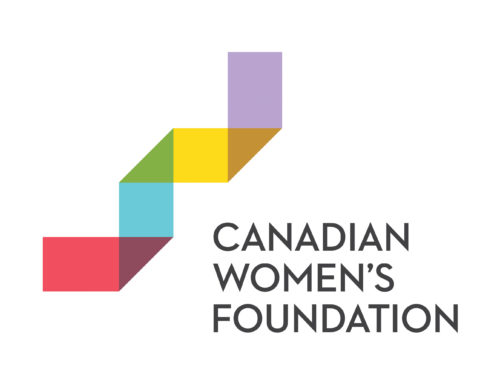It’s September and that means new textbooks, pens, and thousands of post-secondary students returning to campuses and classes across the country.
Stress is an inevitable part of the post-secondary experience; it’s as commonly accepted as the mediocre food in college cafeterias. But in recent years, mental health issues have skyrocketed among Canadian universities and colleges. If you were to ask what students are stressed about, you’d probably hear – among other things – the rising cost of post-secondary education.
According to Statistics Canada, university tuition fees jumped an average of 3.3% for undergraduate programs during the 2018/19 academic year, costing students roughly $6,838.
The soaring cost of post-secondary is well-known and is generally understood as one of the central reasons students are now having to take out more and more student loans. Less discussed, however, is the way in which women are disadvantaged in this increasingly unforgiving economic environment.
“There’s two dimensions along which increasing loans in post-secondary education can affect women differently from men,” explains Dr. Sarah Kaplan, Professor of Strategic Management and Director of the Institute for Gender and the Economy at the Rotman School of Management.
The gender pay gap is an early hurdle female post-grads face coming out of post-secondary that their male counterparts don’t. The pay gap is an extensively documented phenomena – affecting women across industries and professional levels – in pretty much every part of the globe. The gap is the first dimension that magnifies the negative effect of loans for women.
“If men and women have to take out the same amount of loans – let’s say they each walk out the door with $75,000 of loans – and women end up in lower-paying professions, they’re going to have fewer resources to pay back those loans, so those loans will be a greater drag on their own financial position,” says Sarah.
The second dimension Sarah believes feeds into the unequal distribution of loan repayment – and also how much interest accrues – has to do with maternity leave. Despite progress, women are still taking on the bulk of the housework and childcare in their partnerships; women are much more likely to take significantly more time than new fathers in order to care for a newborn – in fact, fewer than half of fathers take all the paternity leave on offer after childbirth.
“If you’re taking upwards of a year off, depending on your employer… they’re actually having gaps in their earnings that are putting them even further behind in terms of loan payments,” says Sarah.
Of course, some individuals don’t have the ability to take paid maternity leave at all, which results in some folks falling even farther behind in terms of paying off debt. Those most affected tend to be women who are even further marginalized. According to the National Centre for Education Statistics in the United States, student debt weighs heavier on students of colour than it does their white counterparts.
According to Sarah, the solutions needed to rectify the debt gap are going to come with systemic and social changes – for example, we need to stop tracking women into lower-paying work. We also need to stop expecting that some work – that which is, generally, higher paid – is simply reserved for men. In addition, it will also require addressing social expectations and parental leave policies that still leave women doing more of the childcare, especially in the early years of an infant’s life.
Most of all, it will take acknowledging and addressing the engrained and enduring pay gap between the genders, which disproportionately affects racialized, differently-abled and otherwise marginalized women.
Learn More:
- The Gender Pay Gap is a Myth
- The Persistence of Pay Inequity on Campus and Beyond
- Prioritizing Sexual Violence Prevention Efforts on Campus
Take Action:
- Sign up for our e-newsletter to have our latest stories and resources sent to your inbox.
- Follow us on Facebook and Twitter to join a national conversation about gender equity.







